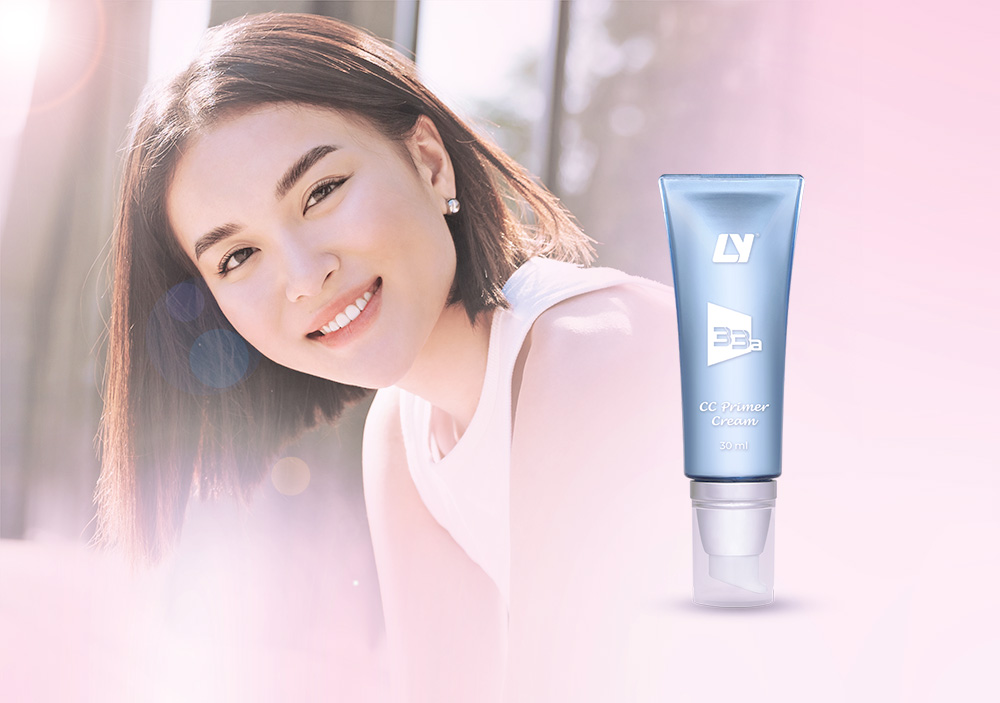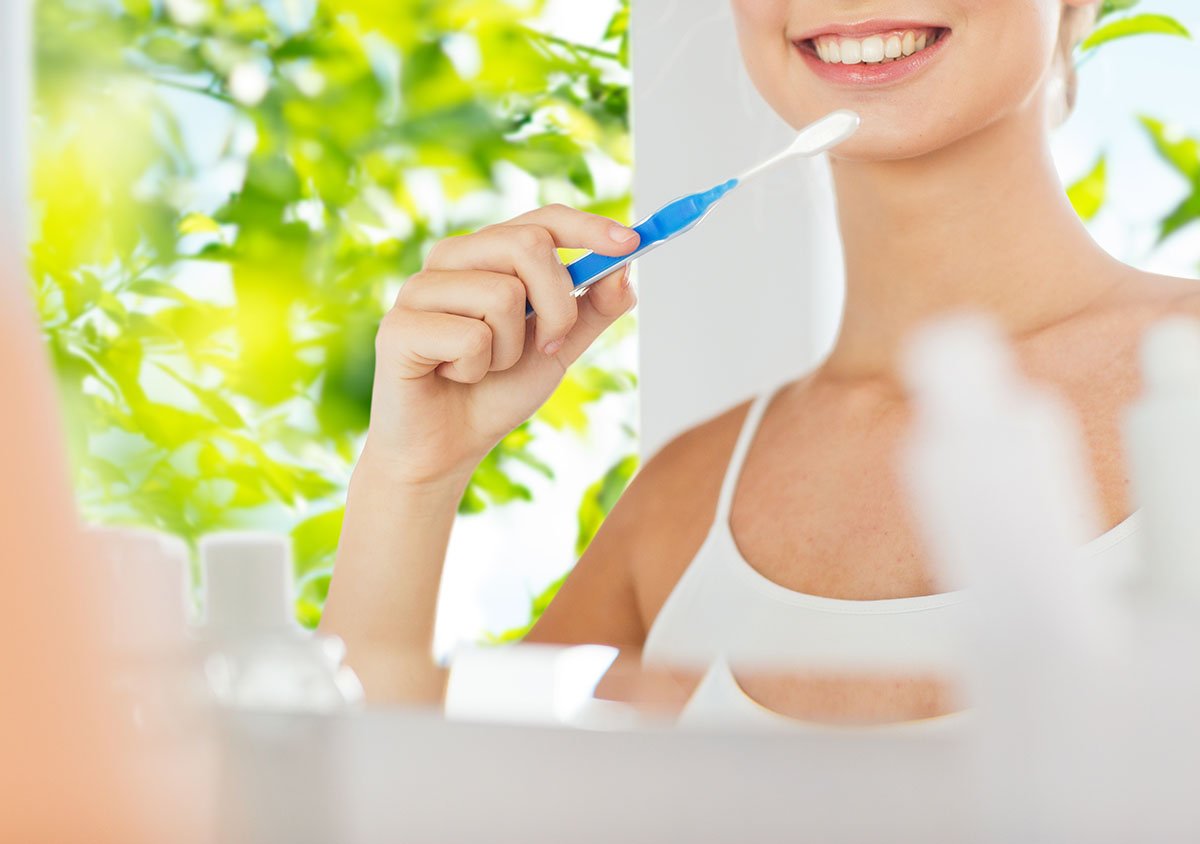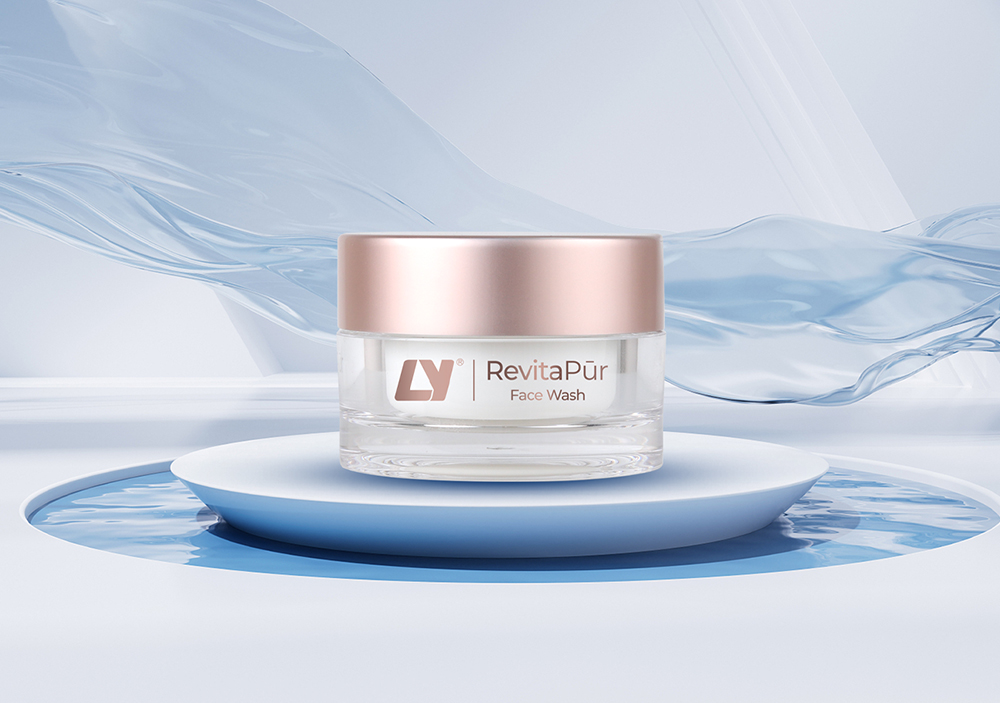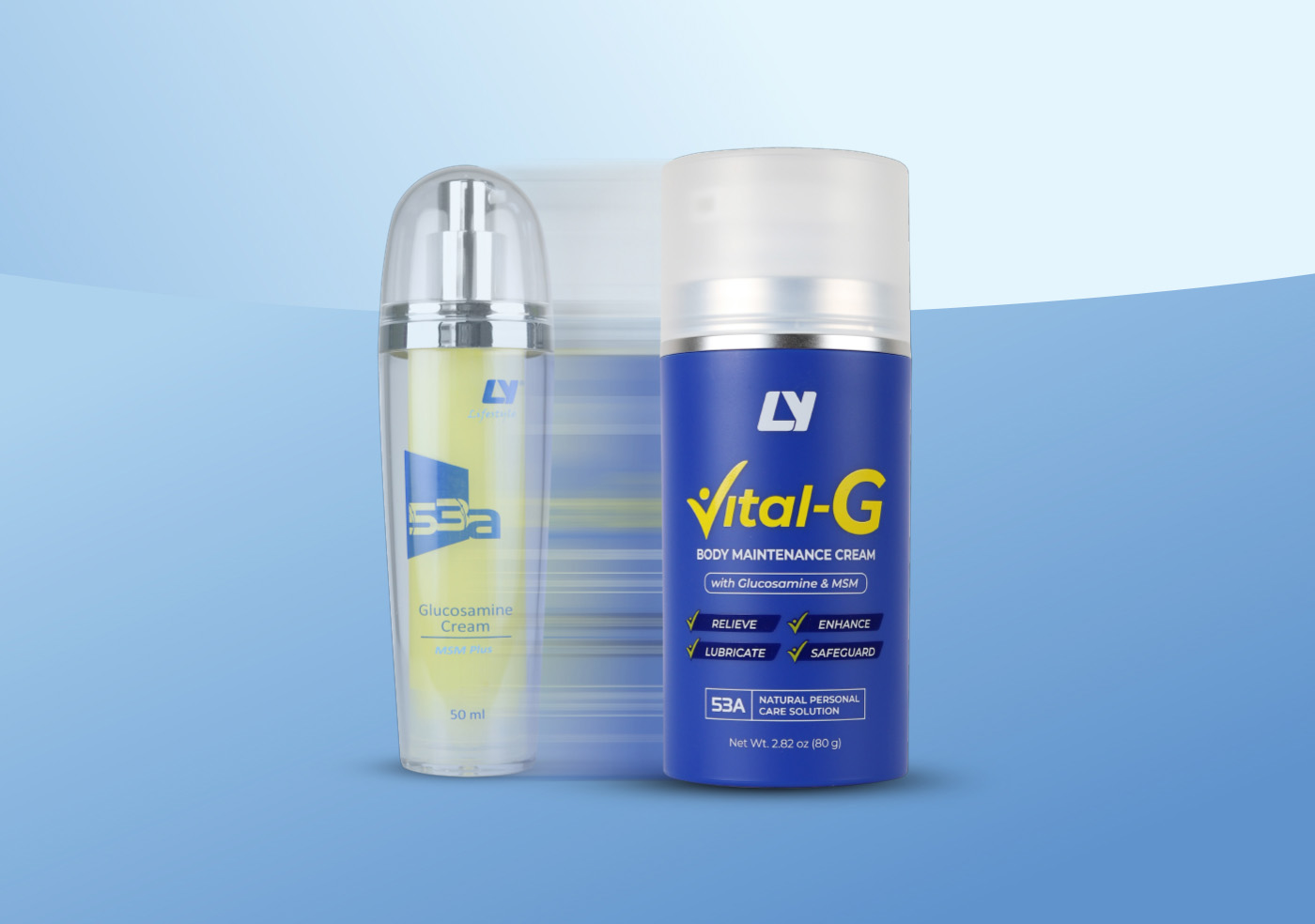Why You Should Avoid SLS in Your Oral Care Products?
by LYL Admin, 10 May, 2023
Many popular toothpastes and oral care products contain Sodium Lauryl Sulfate (SLS), a harsh surfactant often added for its foaming action. However, growing clinical evidence highlights significant risks associated with daily SLS exposure in the oral cavity, including mouth irritation, canker sores, mucosal dryness, and damage to the natural protective layers of the mouth. This article explores why SLS should be avoided in your daily oral care routine and introduces safer, gentler alternatives such as Cocamidopropyl Betaine and Amino Acid-Based Surfactants, supported by reputable scientific studies.
1. What is Sodium Lauryl Sulfate (SLS)?
SLS is a synthetic detergent (surfactant) commonly used in personal care products like shampoos, body washes, and toothpaste. Its primary role is to create foam and enhance cleansing. However, while this may feel satisfying, SLS has undesirable side effects, particularly for the delicate tissues of the mouth.
2. Scientific Evidence: The Risks of SLS in Oral Care
2.1 Increased Risk of Canker Sores (Recurrent Aphthous Ulcers)
A landmark study by Herlofson & Barkvoll (1994) revealed that individuals using SLS-containing toothpaste experienced delayed healing and greater pain from canker sores compared to those using SLS-free alternatives【1】. For those prone to mouth ulcers, daily SLS exposure can worsen the condition.
2.2 Mucosal Irritation and Increased Permeability
The oral mucosa acts as a protective barrier. Hattab et al. (1998) demonstrated that SLS increases mucosal permeability, leading to irritation, sloughing of tissues, and heightened sensitivity【2】. This can compromise your mouth's natural defense, making it more vulnerable to irritation and discomfort.
2.3 Dry Mouth and Oral Discomfort
Chahine & Semaan's (2011) systematic review concluded that SLS-containing toothpastes are associated with higher reports of xerostomia (dry mouth) and mucosal dryness, particularly in sensitive individuals【3】. Dry mouth not only feels uncomfortable but also increases the risk of bad breath and tooth decay.
2.4 Disruption of Natural Protective Layers
The delicate lipid layer of the oral mucosa helps maintain moisture and defense against external irritants. Walters (2010) confirmed that SLS acts as a harsh detergent, stripping away these natural protective films【4】.
In a clinical and histological study, Barkvoll et al. (1988) found that SLS induces epithelial desquamation, meaning it causes the soft tissues in the mouth to peel, further weakening your oral barrier【5】.
3. Safer, Gentler Alternatives for Daily Oral Care
3.1 Cocamidopropyl Betaine – A Trusted Milder Surfactant
Derived from coconut oil, Cocamidopropyl Betaine offers effective cleansing with lower irritation potential. It is widely used in formulations for sensitive users, striking a balance between efficacy and safety, as shown by Klein & Palefsky (2002)【6】.
3.2 Amino Acid-Based Surfactants – Preserve Natural Barriers
Sarcosine-derived surfactants, such as Sodium Lauroyl Sarcosinate (used in LY Dentifrice Mousse), provide effective cleansing while being significantly milder than conventional harsh detergents like Sodium Lauryl Sulfate (SLS). Derived from sarcosine, a natural amino acid-related compound, Sodium Lauroyl Sarcosinate helps clean the mouth without compromising mucosal integrity.
Research indicates that sarcosine-based surfactants are designed to maintain skin and mucosal barrier function, reducing the risk of irritation, dryness, or tissue damage often linked to harsher surfactants【7】【8】. This makes them suitable alternatives for daily oral care, especially for individuals prone to sensitivity or canker sores.
4. Summary Table of Scientific References
| Claim | Reference |
|---|---|
| SLS causes ulcers, irritation, dryness | Herlofson & Barkvoll, 1994【1】; Hattab et al., 1998【2】; Chahine & Semaan, 2011【3】 |
| SLS strips protective layers, tissue sloughing | Walters, 2010【4】; Barkvoll et al., 1988【5】 |
| Milder Alternative: Cocamidopropyl Betaine | Klein & Palefsky, 2002【6】 |
| Gentle, Barrier-Preserving Amino Acid Surfactants | Watanabe et al., 2004【7】; Grazziotin-Soares et al., 2014【8】 |
5. Conclusion: Should You Switch to SLS-Free Oral Care?
The evidence is clear: while SLS enhances foam, it comes at the cost of your mouth's health. For those experiencing ulcers, dryness, or sensitivity, eliminating SLS from your daily routine is a proactive step towards oral comfort and protection.
Today, more brands are formulating SLS-free alternatives using Cocamidopropyl Betaine or Amino Acid-Based Surfactants, making it easier than ever to maintain a healthy, irritation-free smile.
6. References
【1】Herlofson, B. B., & Barkvoll, P. (1994). The effect of two toothpastes with and without sodium lauryl sulfate on pre-existing aphthous ulcers: A clinical study. Acta Odontologica Scandinavica, 52(5), 257-259.
【2】Hattab, F. N., et al. (1998). Effects of Dentifrices on Oral Soft Tissues: A Review. Quintessence International, 29(5), 295-302.
【3】Chahine, L., & Semaan, E. (2011). The effect of sodium lauryl sulfate in dentifrices on recurrent aphthous ulcers: A systematic review. International Journal of Dentistry, 2011, Article ID 819646.
【4】Walters, P. A. (2010). Dentifrices and Mouthrinses in Preventive Dentistry. Dental Clinics of North America, 54(1), 37-51.
【5】Barkvoll, P., Rolla, G., & Attström, R. (1988). Influence of Sodium Lauryl Sulfate on oral mucosa: A clinical and histological study. Journal of Clinical Periodontology, 15(7), 425-428.
【6】Klein, K., & Palefsky, J. (2002). Detergents in Oral Health Products: Balancing Efficacy and Safety. Compendium of Continuing Education in Dentistry, 23(3), 267-270.
【7】Watanabe, M., et al. (2004). Effects of amino acid-based surfactants on skin barrier function and skin irritation. International Journal of Cosmetic Science, 26(5), 235-243.
【8】Grazziotin-Soares, R., et al. (2014). Influence of sodium lauroyl sarcosinate on oral biofilm and its antimicrobial activity: An in vitro study. Brazilian Oral Research, 28(1), 1-7.
Other Articles

LY Anti-Aging CC Primer | New Fragrance ...
Discover LY Anti-Aging CC Primer Cream – the effortless beauty essential that hydrates, protec...

Natural Fluoride-Free Toothpaste | LY De...
Oral health is vital to overall well-being, yet many mainstream products rely on abrasive chemicals ...

LY 12A RevitaPūr Face Wash
It is imperative to choose a facial wash that suits your skin type and lifestyle. Using the right fa...

LY 53A Vital-G Body Maintenance Cream (w...
Unlock the secret to long-term vitality and holistic body wellness. Combining natural ingredients wi...
